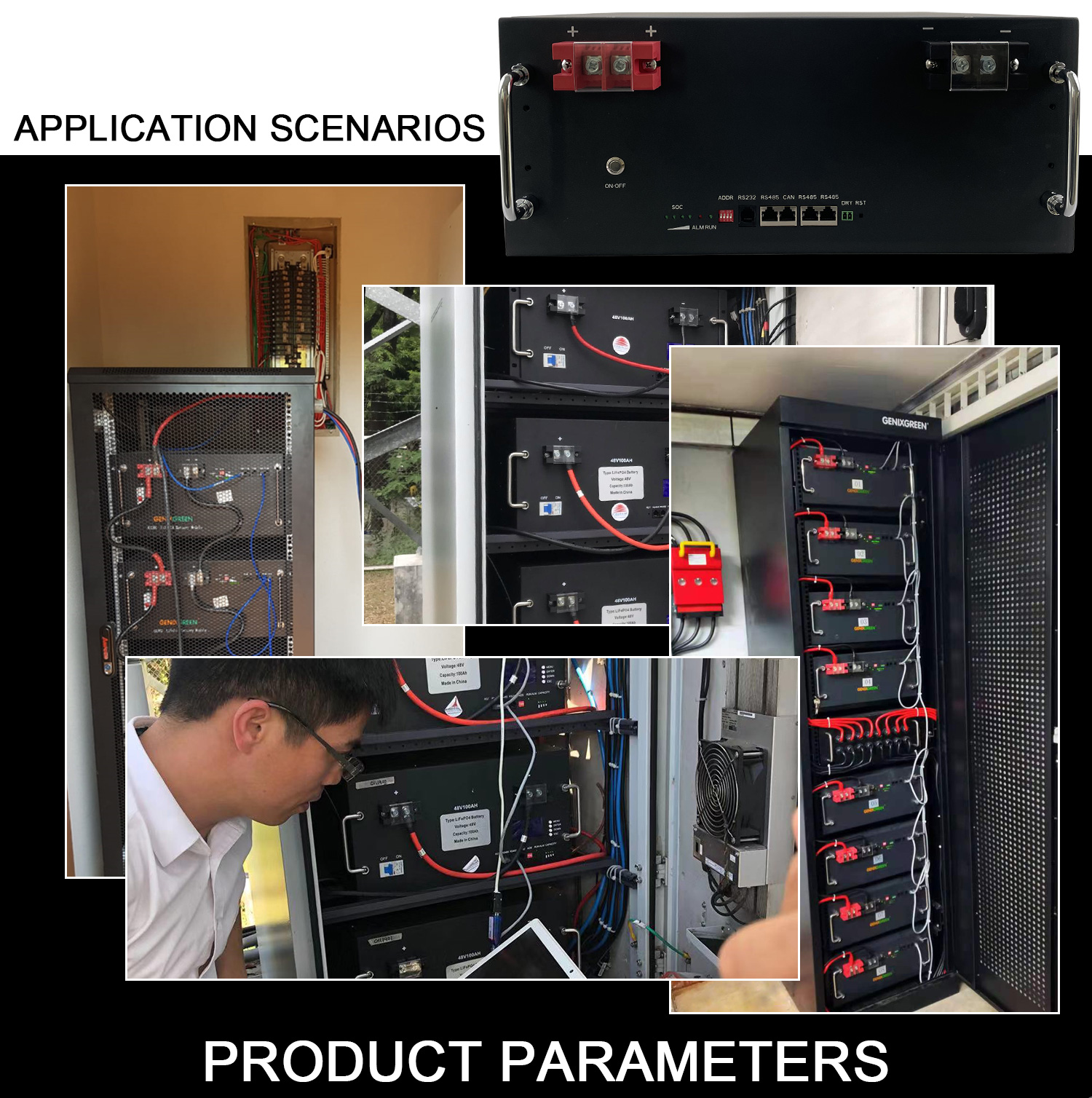Released on Apr. 13, 2022
Safety protection is essential when using any type of battery, as all batteries contain harmful chemicals that are harmful to humans. The reason behind this is that the battery also releases some heat when it starts working or charging, the internal atoms of each component in the battery are used to start the chemical reaction, so the atoms are charged and release some heat. Therefore, at high temperatures, the battery may stop working or burst.
In recent technology, lithium-ion batteries have protection circuits. This protection circuit will monitor the current and voltage of the battery and keep it safe from external hazards. Lithium-ion battery packs also have protection circuits that function the same as single cells and full cells. Let's discuss it more.
In simple terms, a protection circuit is a safety provider that protects the battery from external damage such as heat and cold, monitors voltage and current, and reduces the battery's self-discharge rate. These protection circuits are readily available in the market. Therefore, it is recommended to buy it instead of relying on experimental stuff. The protection circuit module (PCM) contains the same arrangement as the protection circuit.
PCM is being considered as part of the battery management system. Its main task is to manage the electronics of the rechargeable battery pack,
i. It can monitor its status
ii. reporting the data
iii. Balance and protect the battery
iv. Control Environment
These are the main tasks of the PCM. Battery safety circuits used in the most demanding applications are largely operated by an integrated circuit (IC) that periodically switches a lithium battery throughout the circuit using MOSFETs. When the IC recognizes the upper current limit point of the battery and then intrudes into the circuit, overcurrent insurance is periodically given.
Lithium batteries have the advantage of high energy thickness. However, they need to be handled with care. This article discusses important safety and protection considerations when working with lithium batteries, introduces some conventional battery assurance ICs, and quickly maps the identification of important parts of a battery assurance circuit. The following are reasons why a protective circuit can be described.
i. Overcharge:
Lithium batteries can be safely charged to 4.1 V or 4.2 V/cell, but no higher. Cheating can damage batteries and create safety hazards, including fire threats. A battery safety circuit should be used to counteract this.
ii. Overdischarge
Lithium batteries are empty when released to 2.5 V/cell. Unleashing such a low lithium battery will destroy the battery and shorten battery life. A good battery fuse circuit will also provide over-discharge safety.
iii. Discharge too fast
Lithium batteries should not be released too quickly. Lithium batteries have the most extreme discharges currently assessed. If the stack current is too high, the battery safety circuit will remove the battery from the circuit.
This voltage protection circuit is designed to create a low and high voltage trip system to protect the stack from any damage. In a considerable number of homes and businesses, the AC power supply changes frequently. Because of the difference, electronics are effectively harmed. To address this, we can implement tripping instruments or under/over voltage fuse circuits to protect the stack from undue damage. Here are some safety questions and precautions you must follow:
Safety precautions for using the protection circuit module:
1. No charge:
When the battery is charging, gas is generated inside and adds internal weight, which can lead to fire, thermal aging, spillage or explosion.
2. Do not heat, disassemble or dispose of in fire.
Doing so can damage protective materials or gas vents, resulting in fire, thermal aging, spillage, or explosion.
3. Do not delay:
If the positive and negative terminals come into contact with metal objects, cut them off to cause thermal aging or explosion. When carrying or putting away the battery, keep a strategic distance from metal items, such as wrist trinkets or key chains, in separate compartments.
4. Keep children away from batteries:
Consult a physician immediately whenever ingested fluid released or swallowed battery.

Precautions:
1. If the effluent gets into the eyes, rinse with water and seek medical attention immediately.
2. Do not use old and new batteries together.
3. Try not to use various types of batteries together.
4. Differences in quality may result in thermal aging, spillage or explosion.
5. Do not put solid strain on the batteries or handle them in general.
6. Doing so may result in thermal aging, spillage or explosion.
7. Try not to use a dropped battery as it may be hurt.
8. Do not use or place the battery in direct sunlight, high temperature areas or places near heat sources.
9. Avoid contact with water.
For your safety, all the above precautions and restrictions need to be followed. It is critical to purchase the exact circuit based on the required battery. Don't rely on lab stuff as it could cause you harm. So, don't be part of any experimental assignments. Please be safe and use lithium-ion batteries.
Bottom line:
A protection circuit is essential to protect the battery pack. It will control current and voltage and reduce the self-discharge level of the battery. The main purpose of designing the PCM is to protect the battery from external and internal damage. Whenever you're going to buy a Li-Ion battery, make sure you're also buying a protection circuit. The protection circuit will make the use of the battery more efficient and correct. Also, it will increase the lifespan of the battery.
Navigation
Mob: +86 186 6629 0033
Tel: +86 0769 85544410
Fax: +86 0769 85544410
E-mail: info05@zwaynenergy.com
WhatsApp: +86 137 1409 6556
Wechat: +86 186 6629 0033
Office: 16th Floor, Yunhua building, shajing Town, Shenzhen, PRC
Add: Room 101, Building 1, No. 18 Hu Nan Road, Changping Town, Dongguan City, Guangdong Province
Follow Us